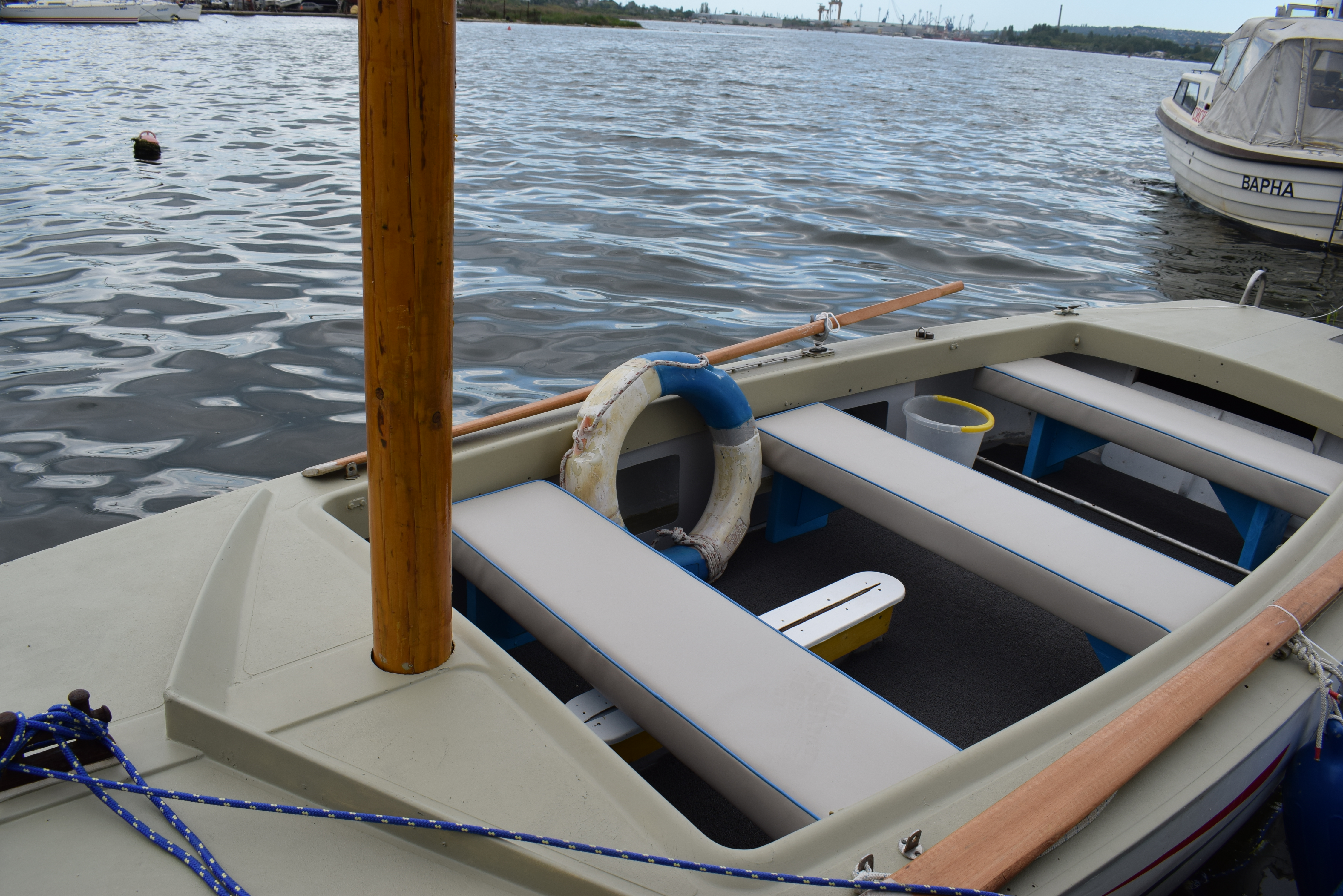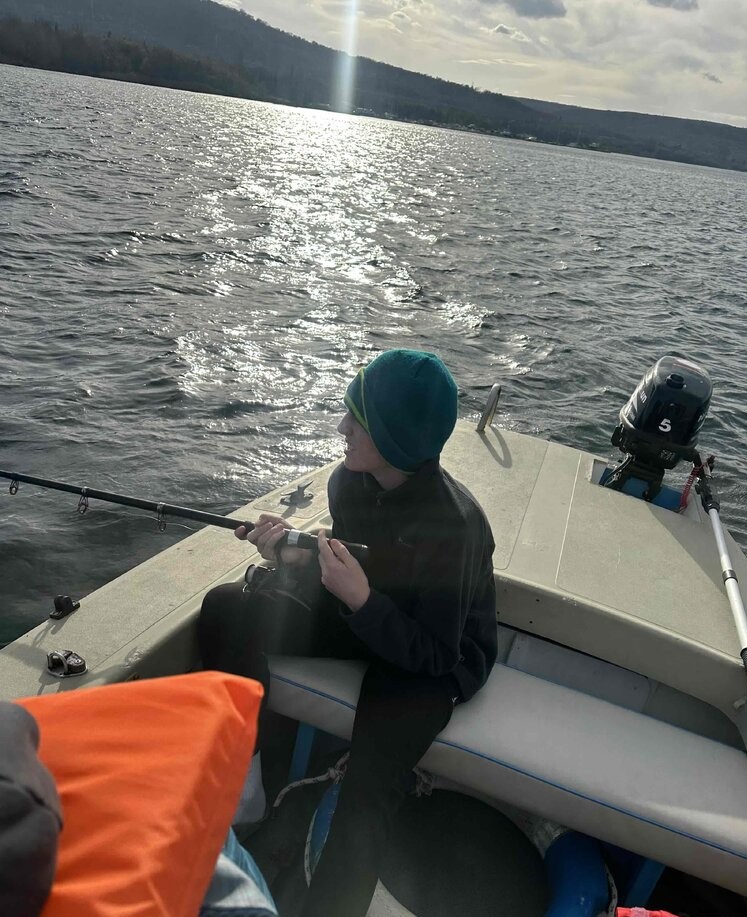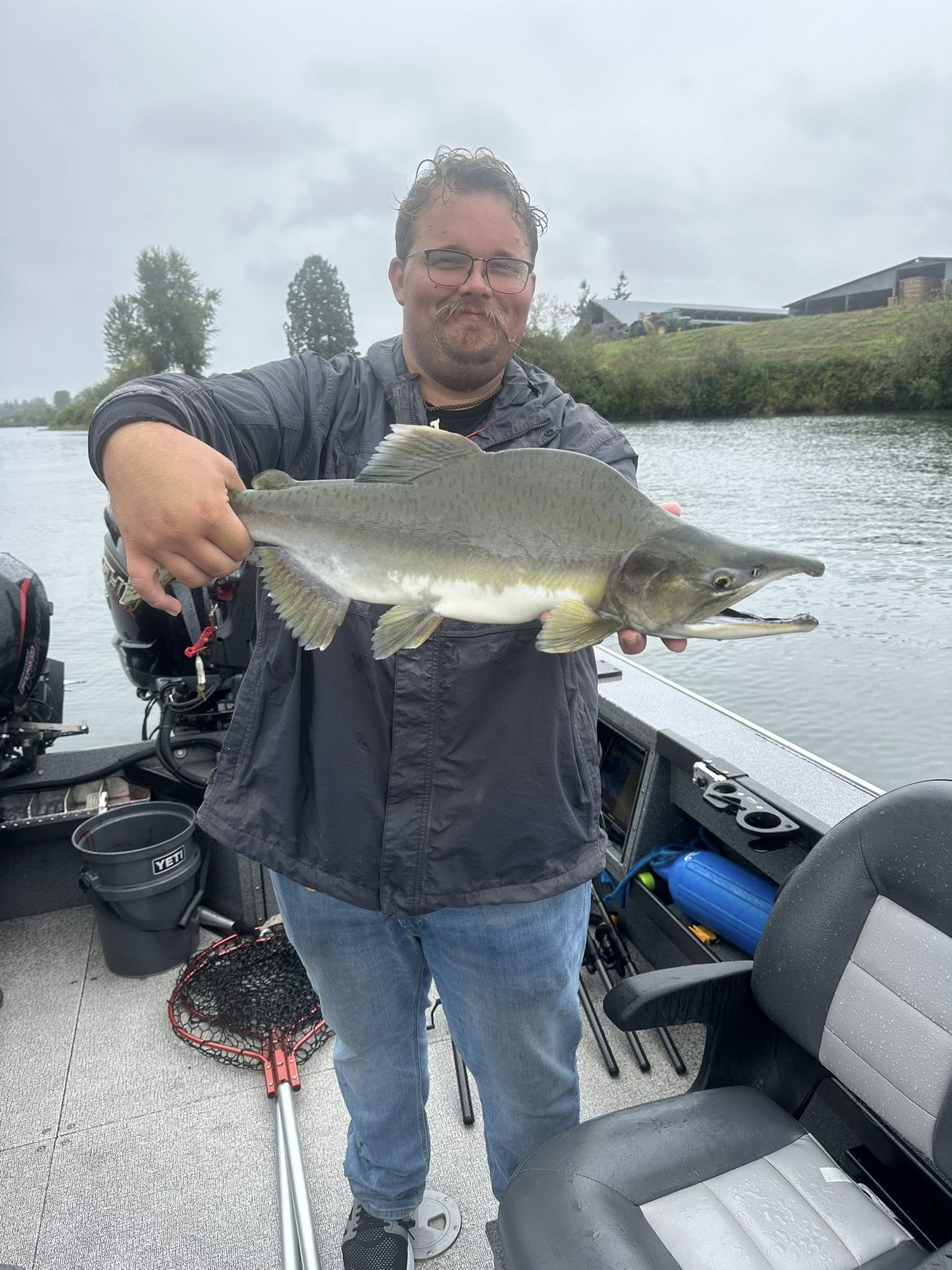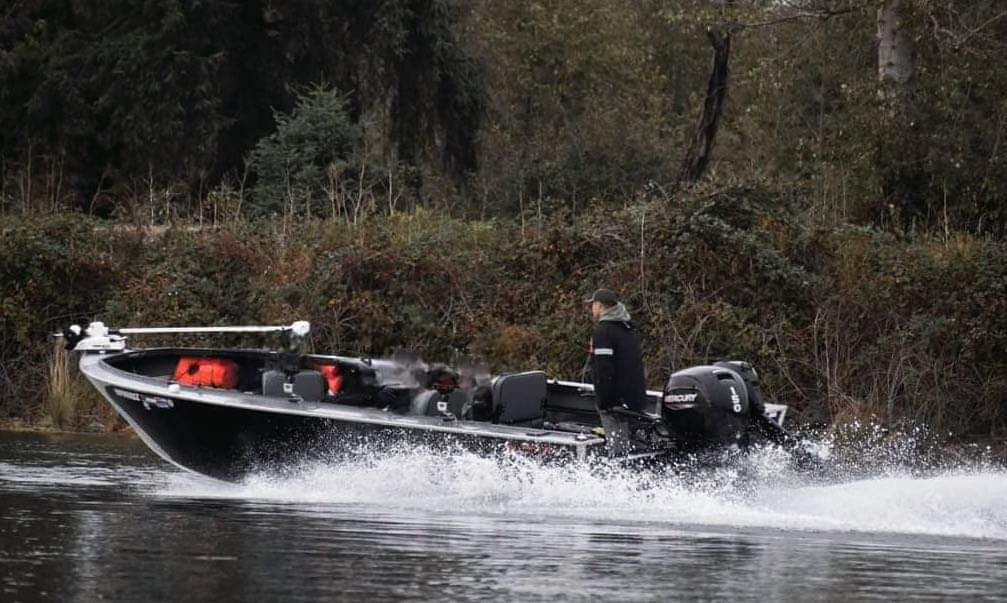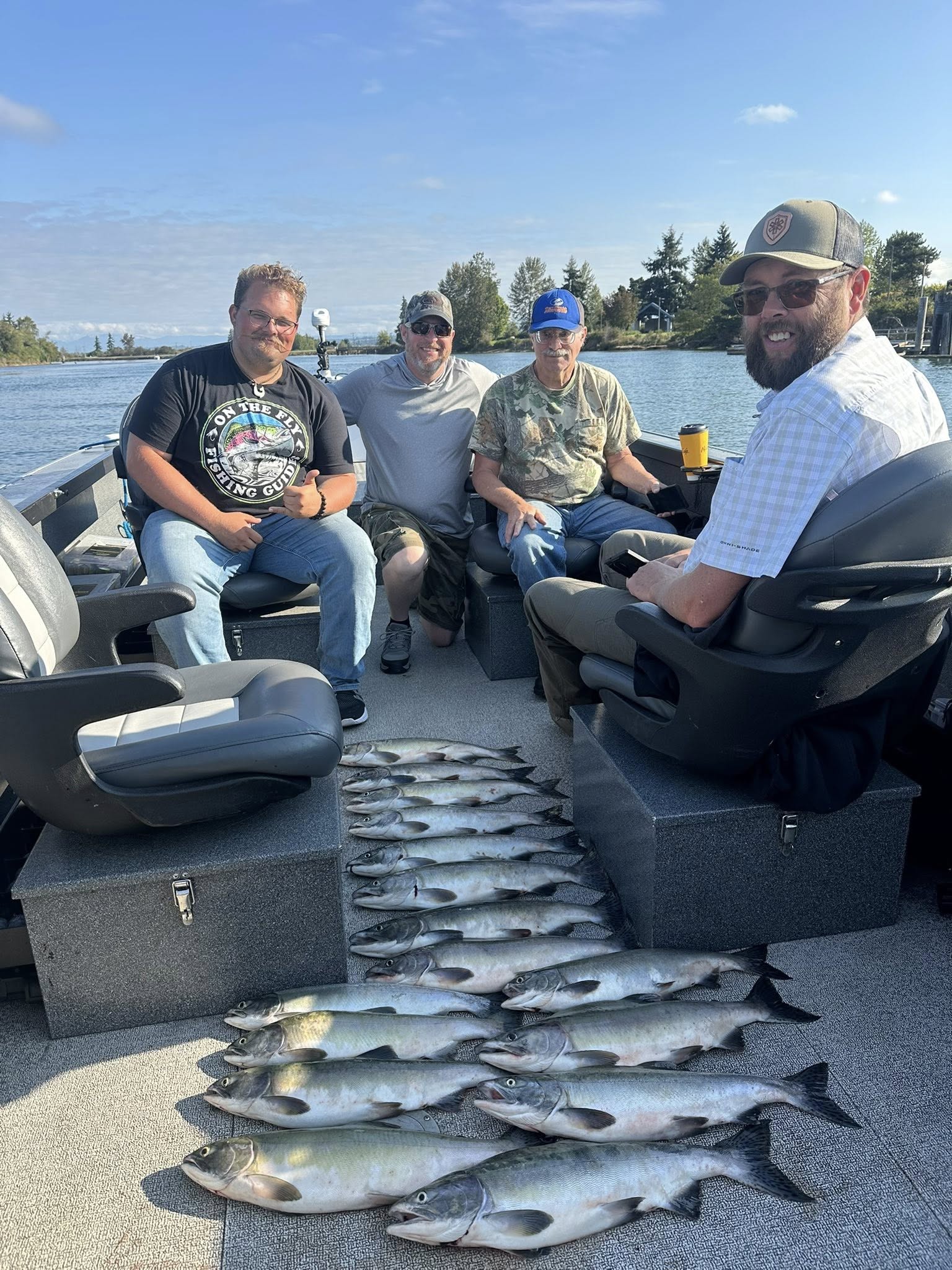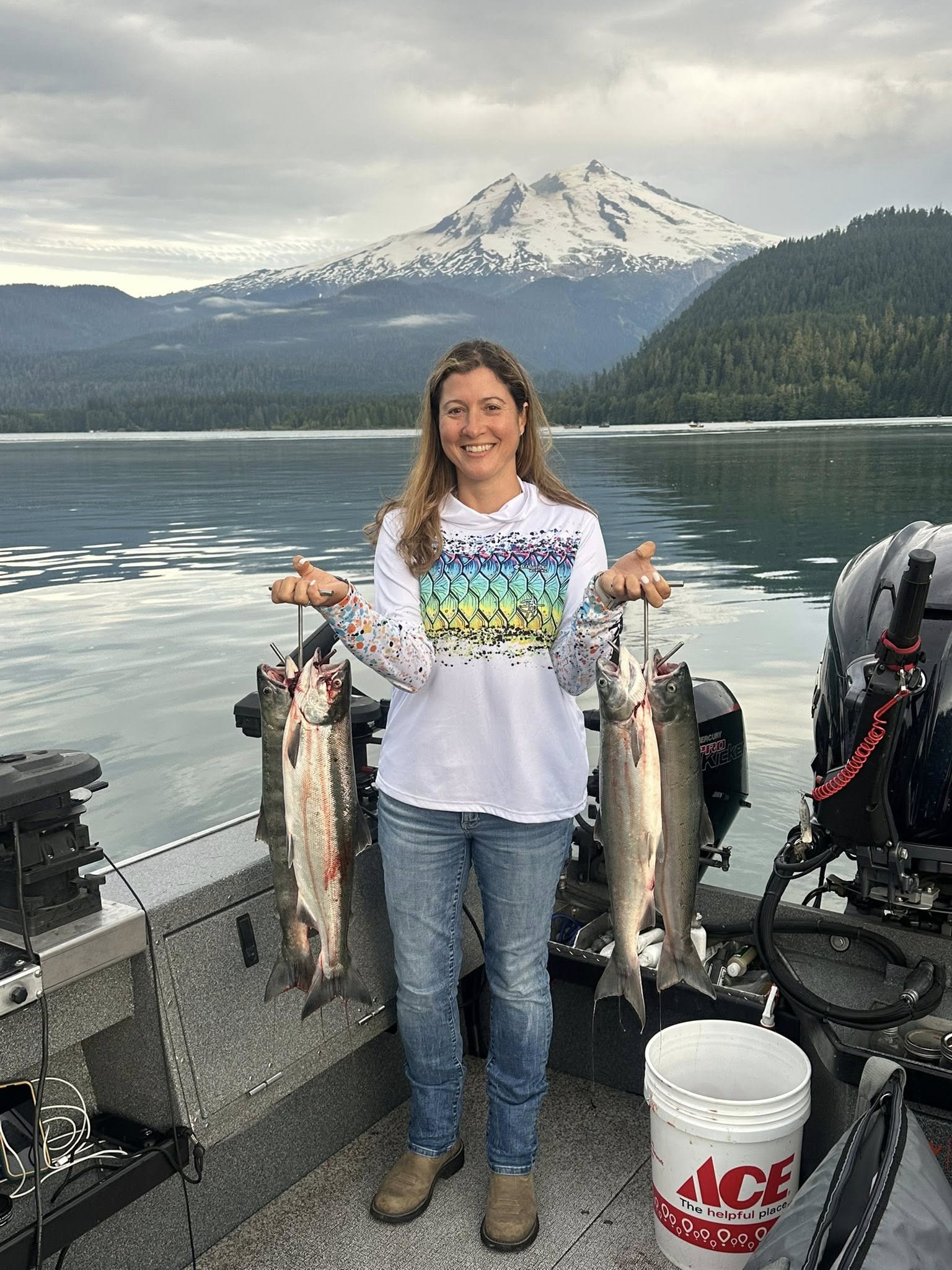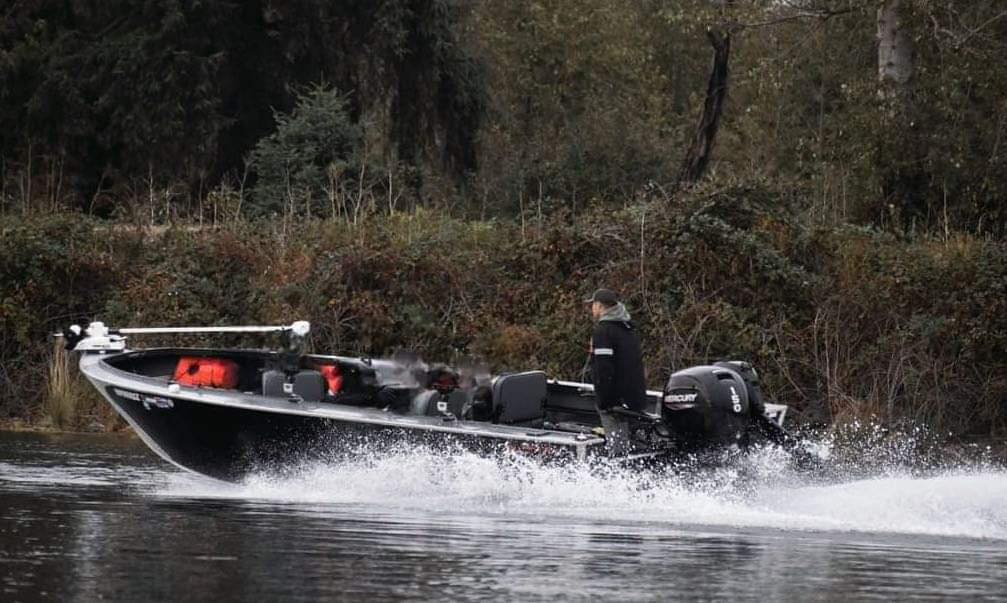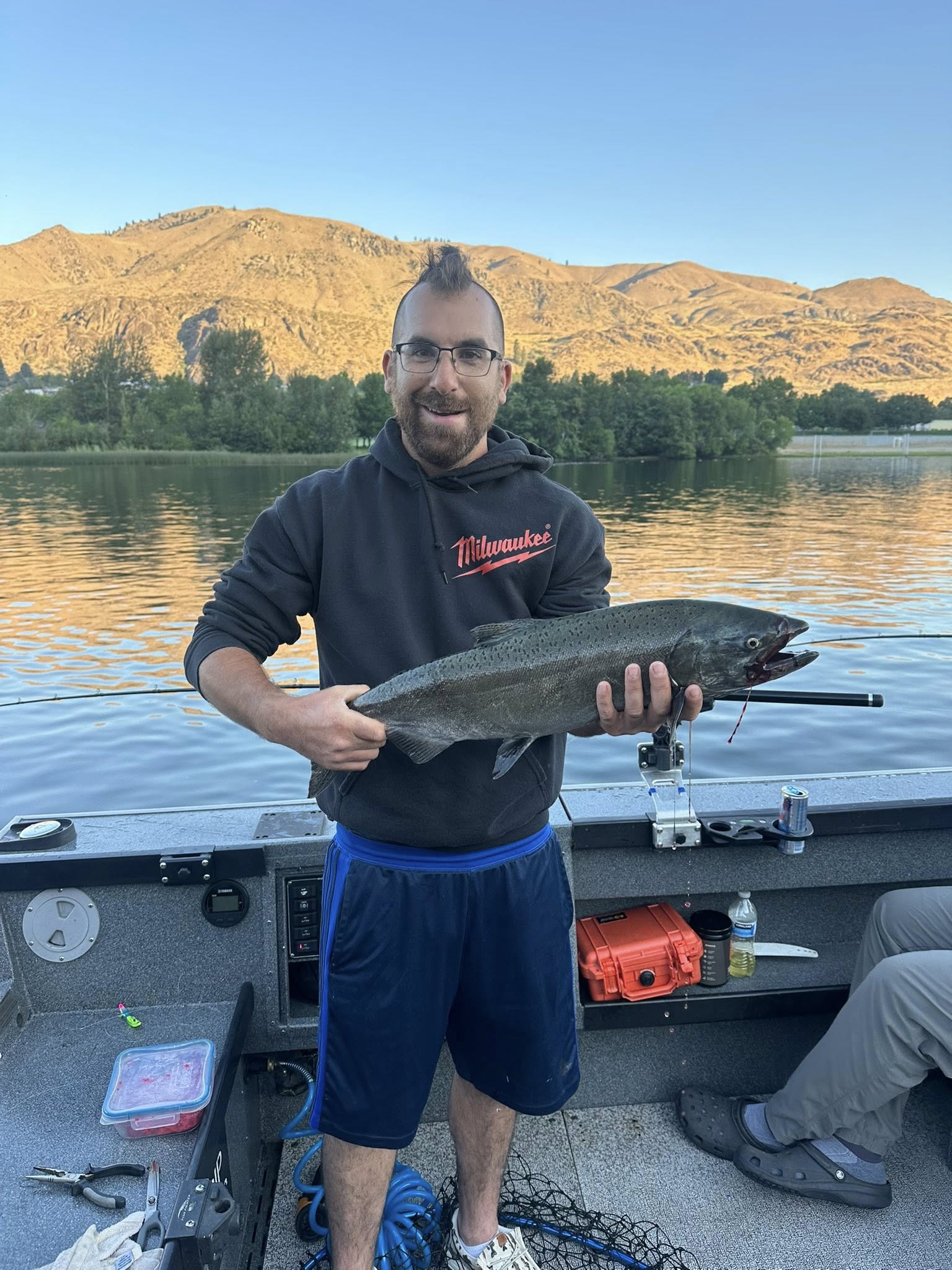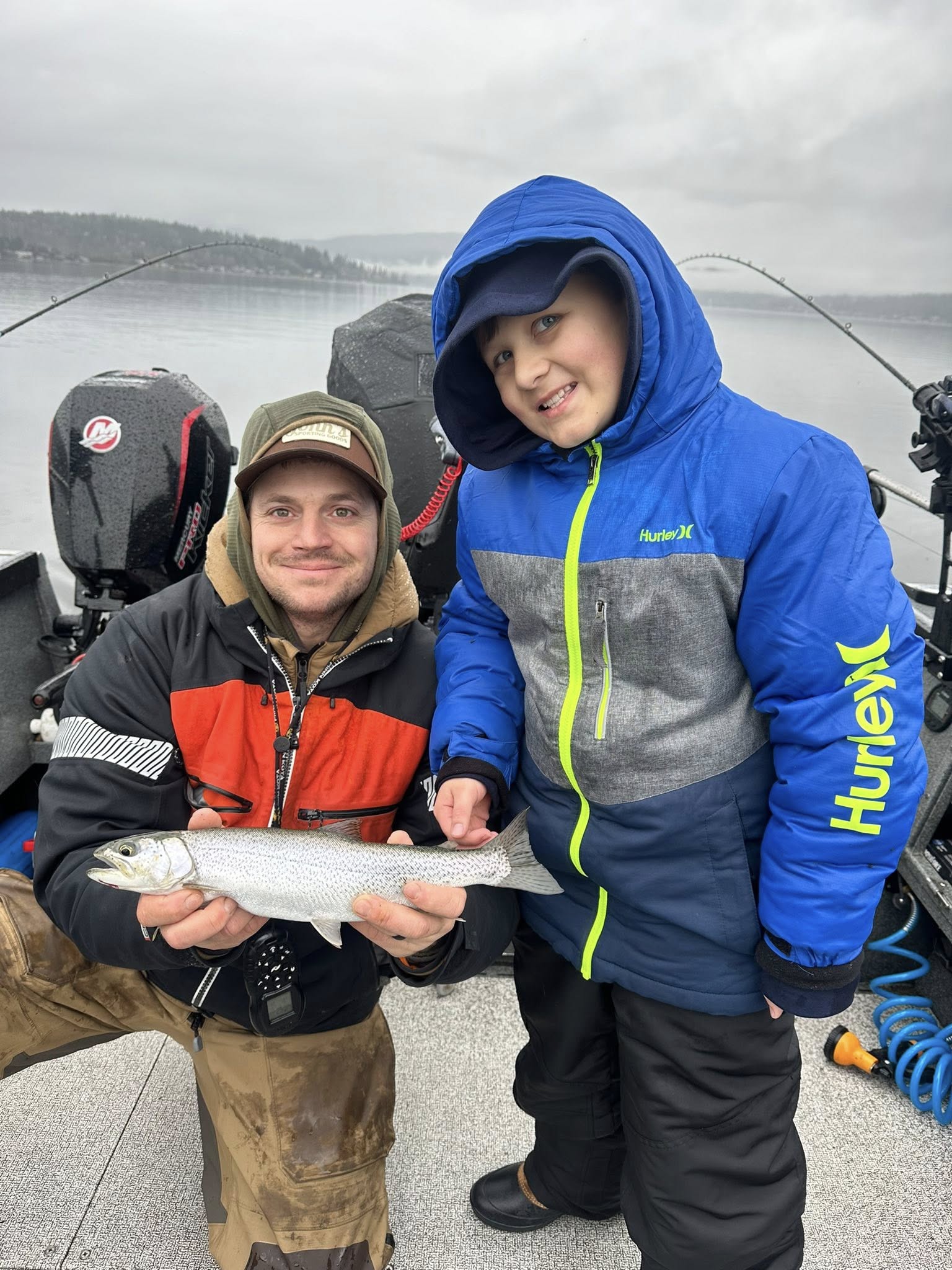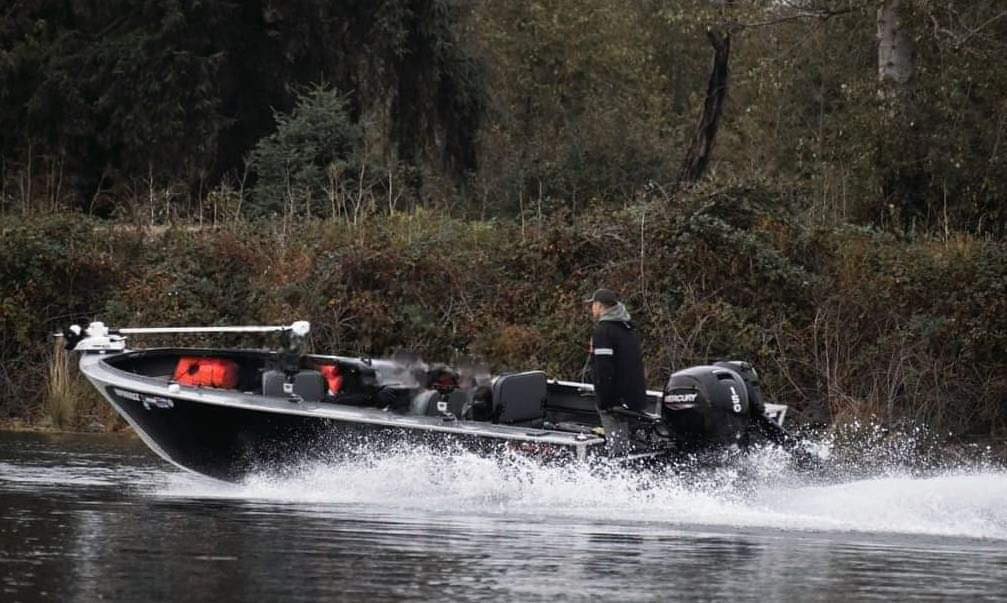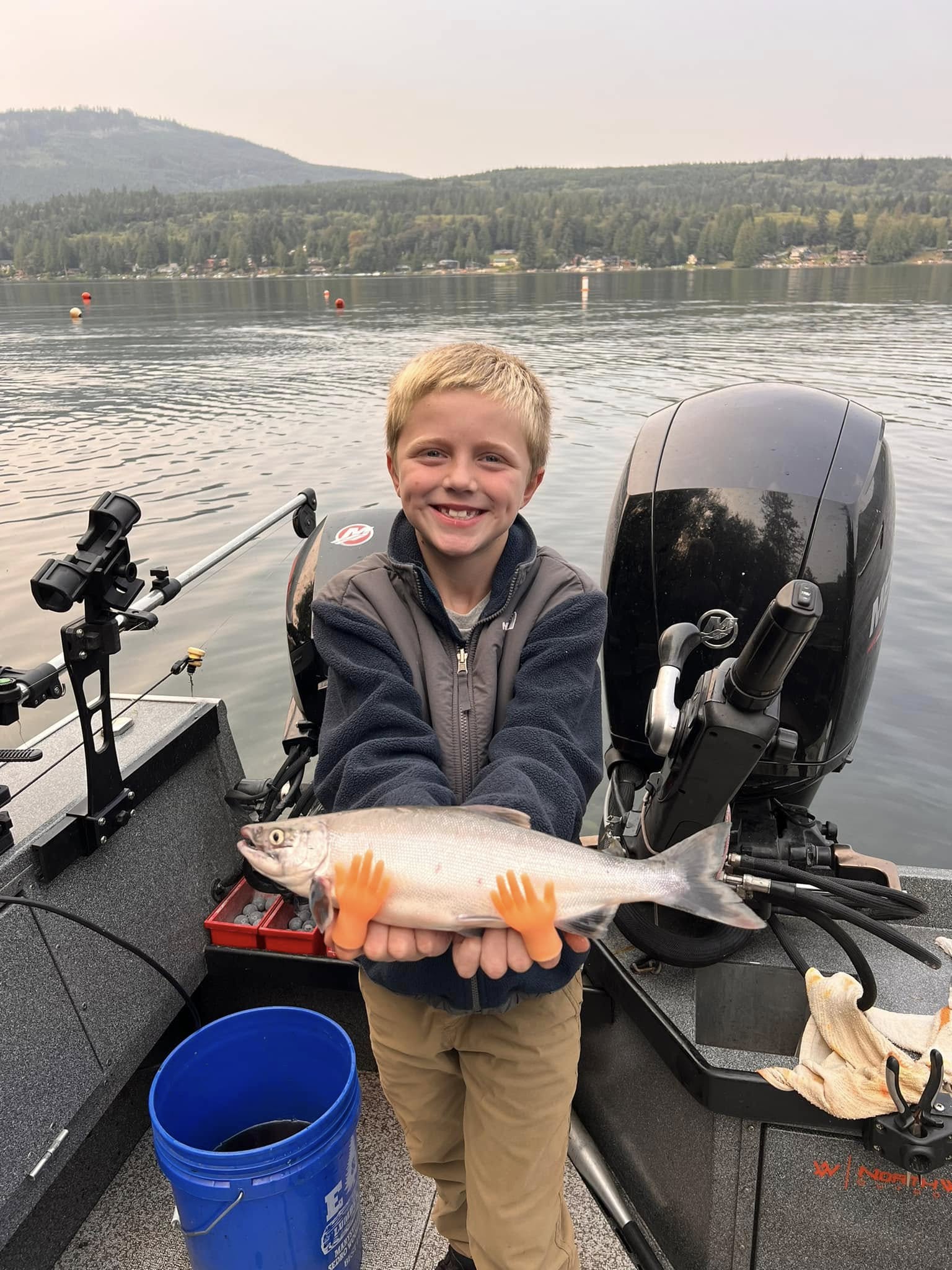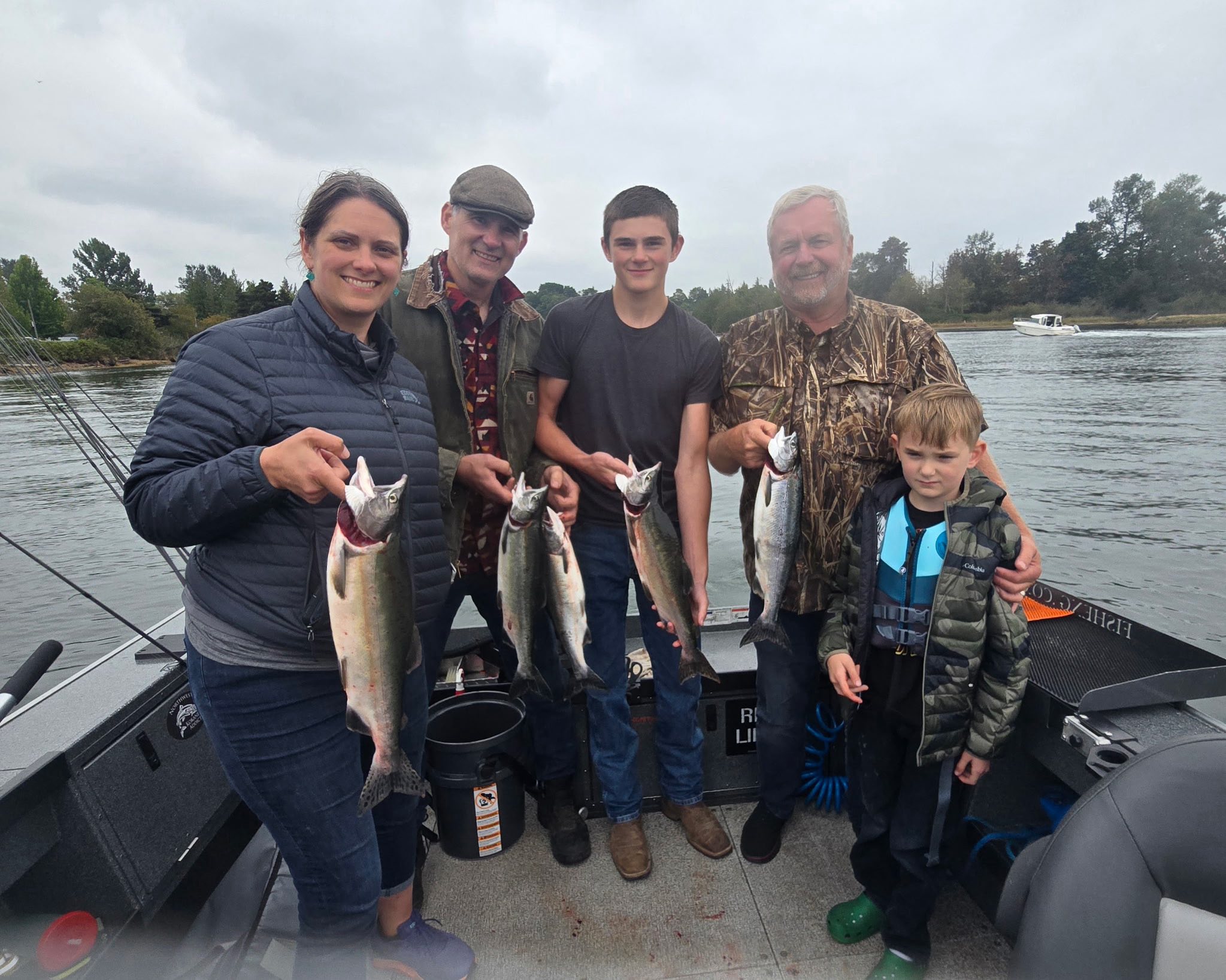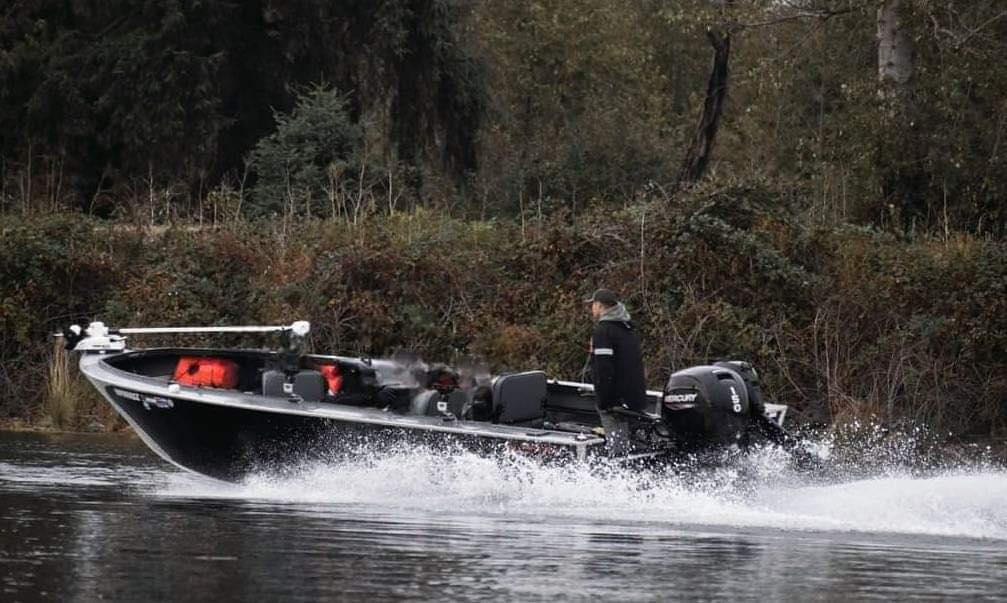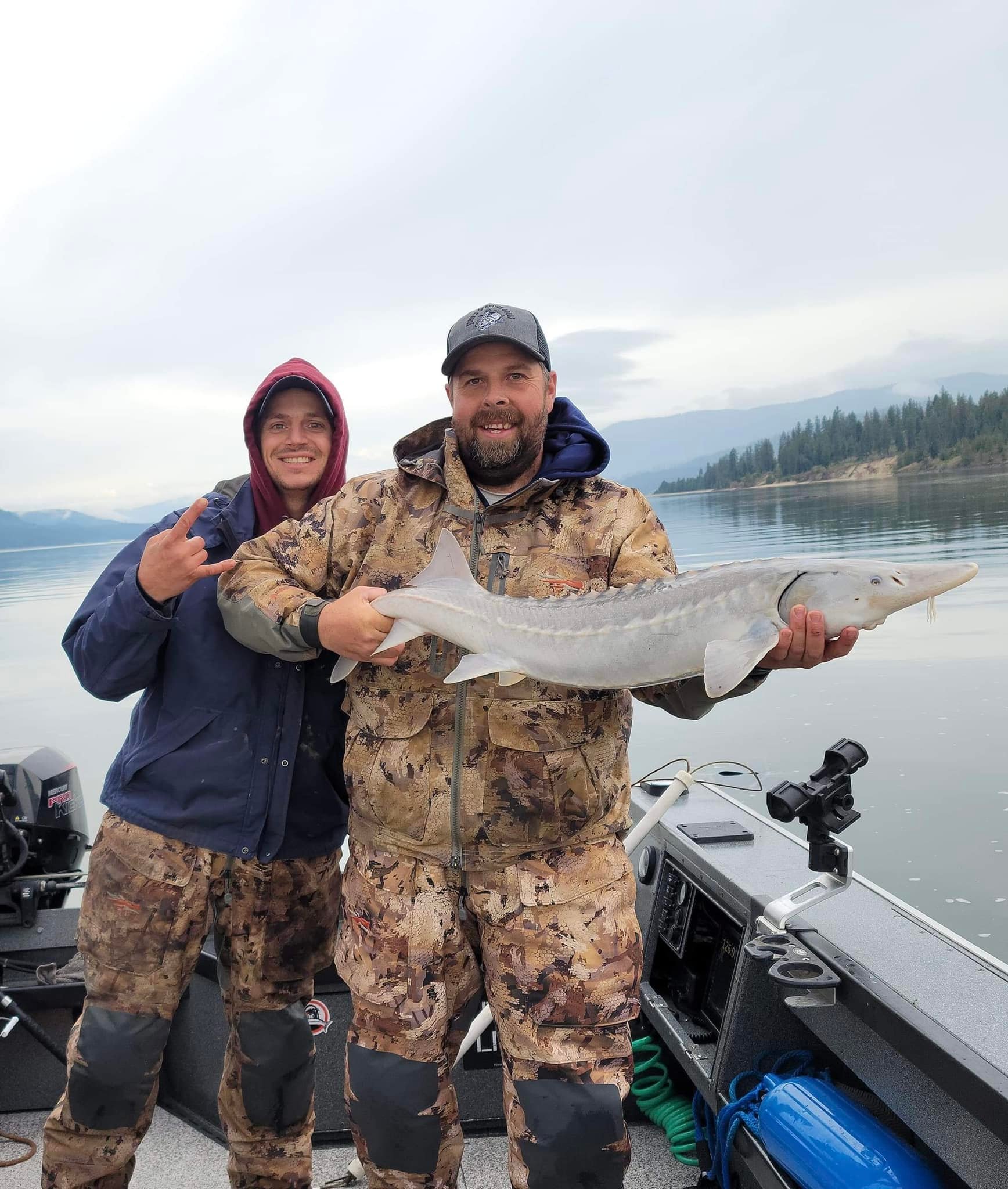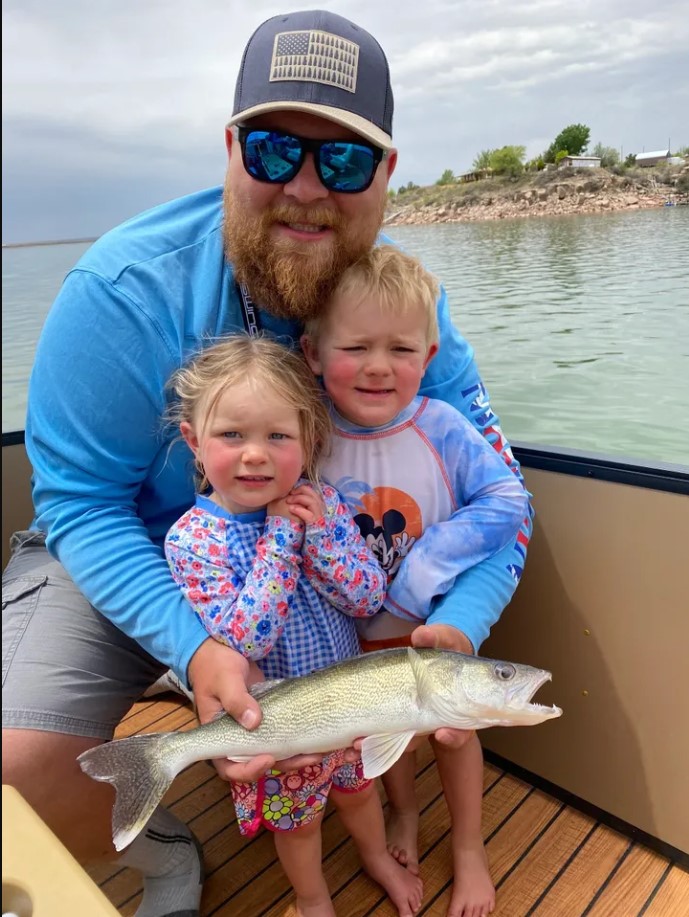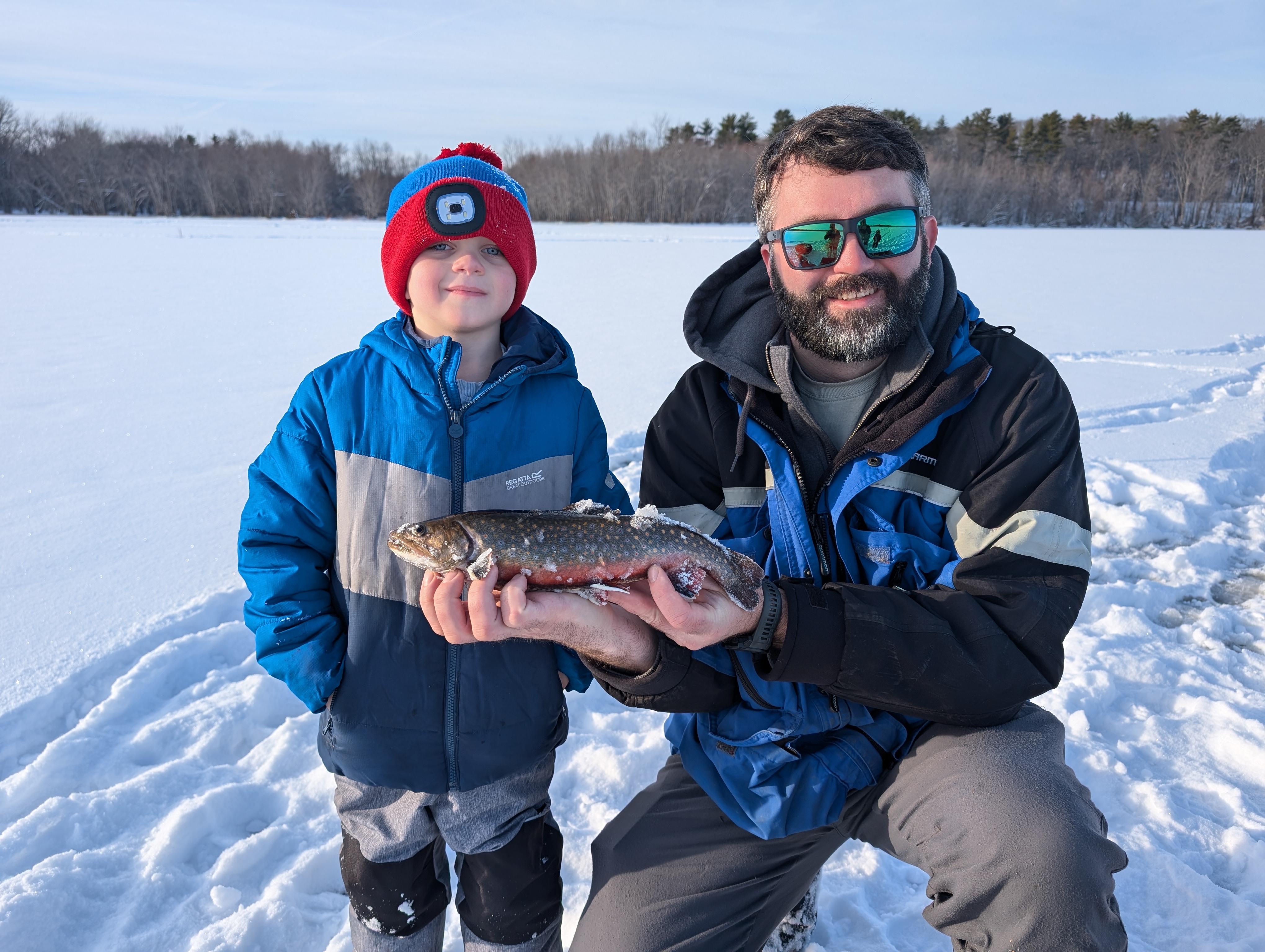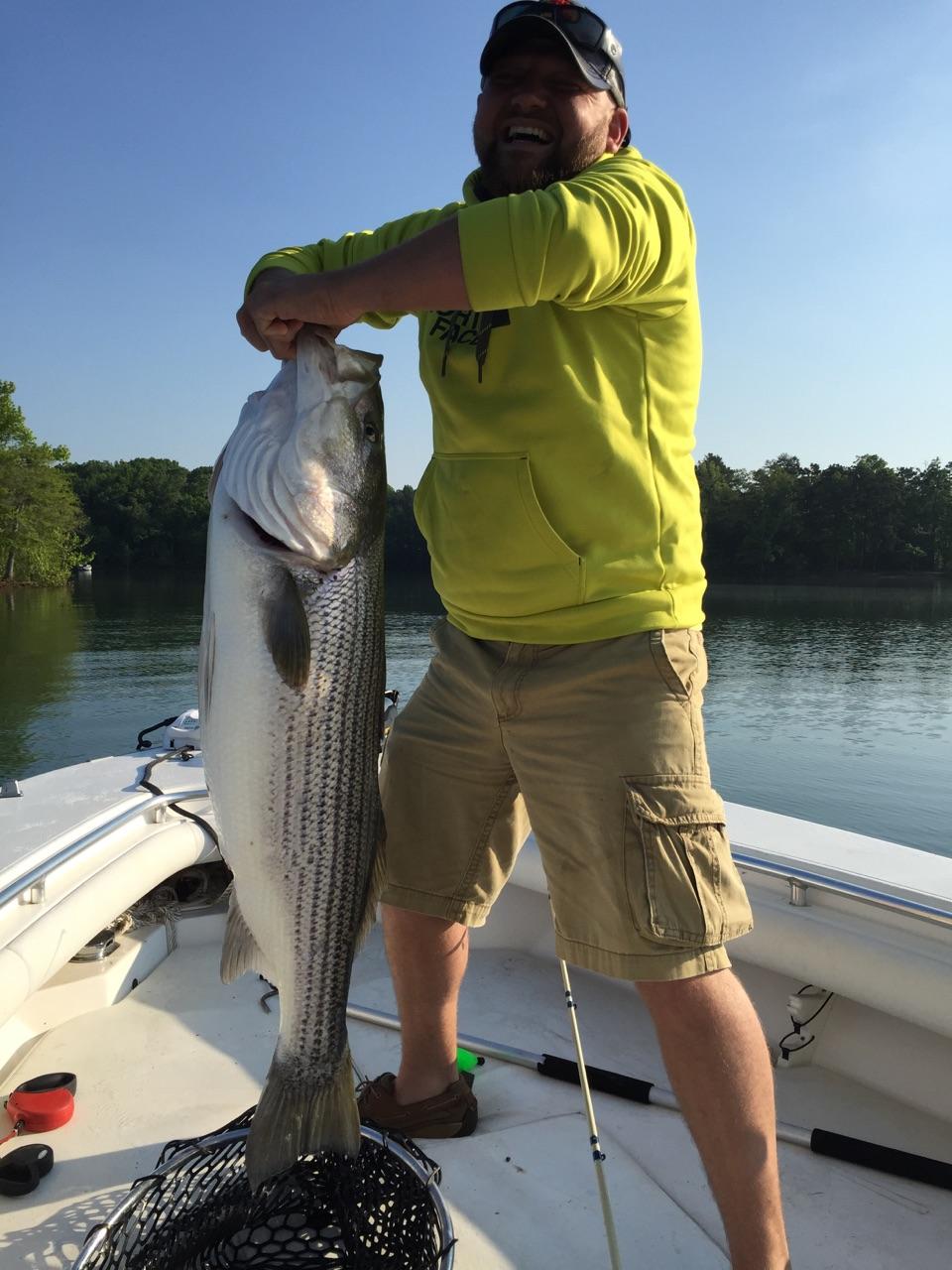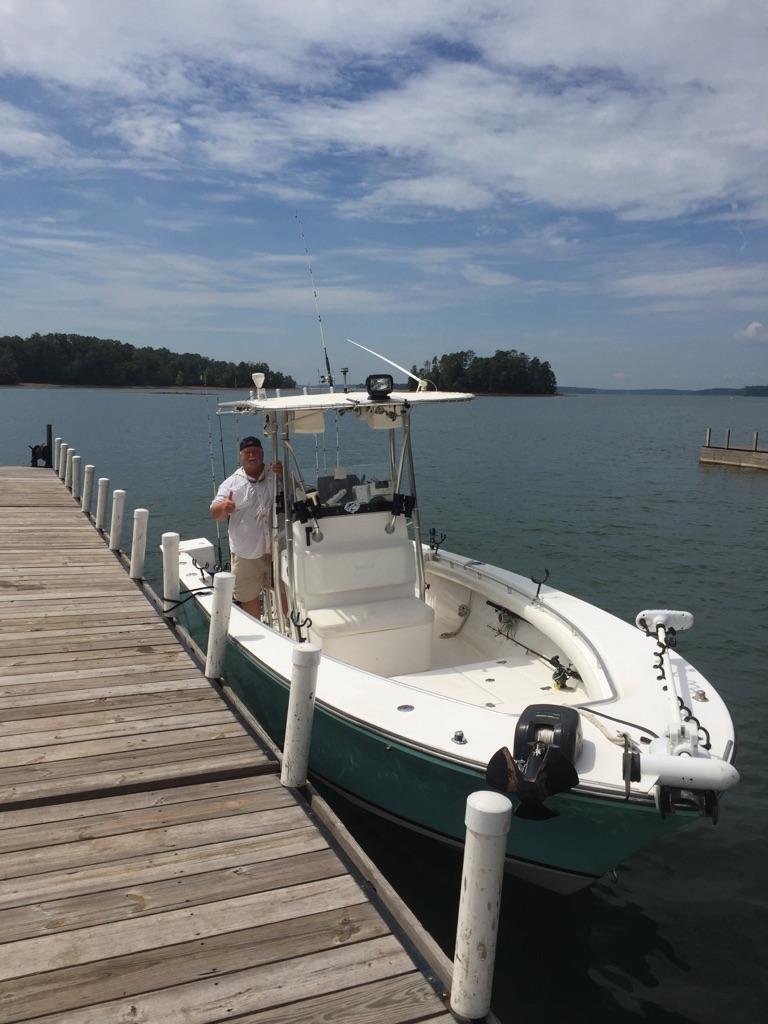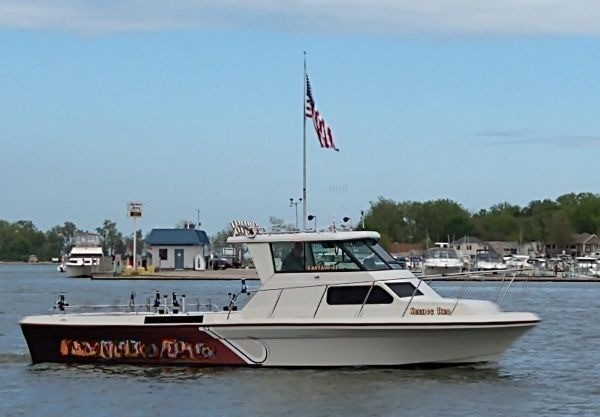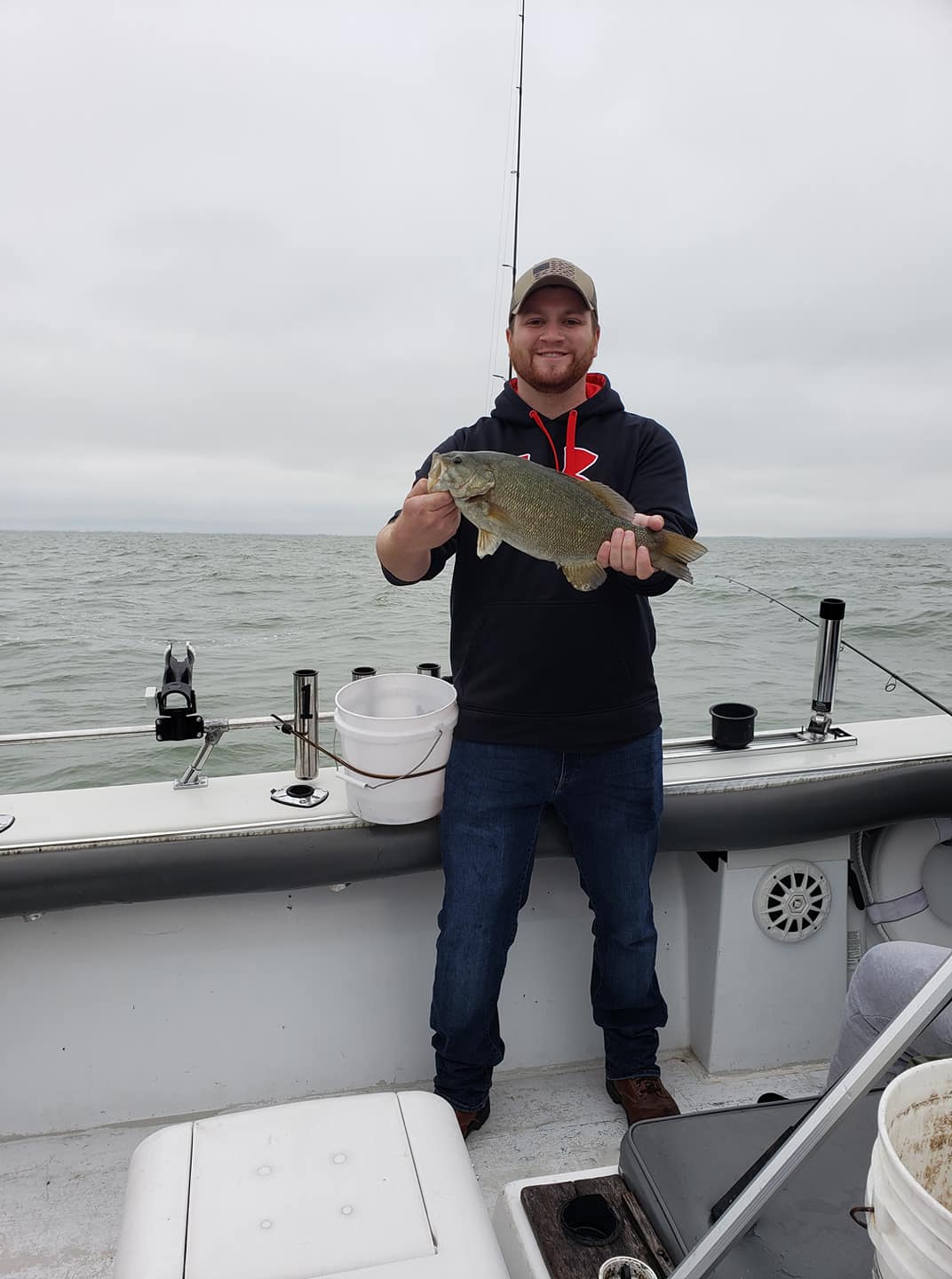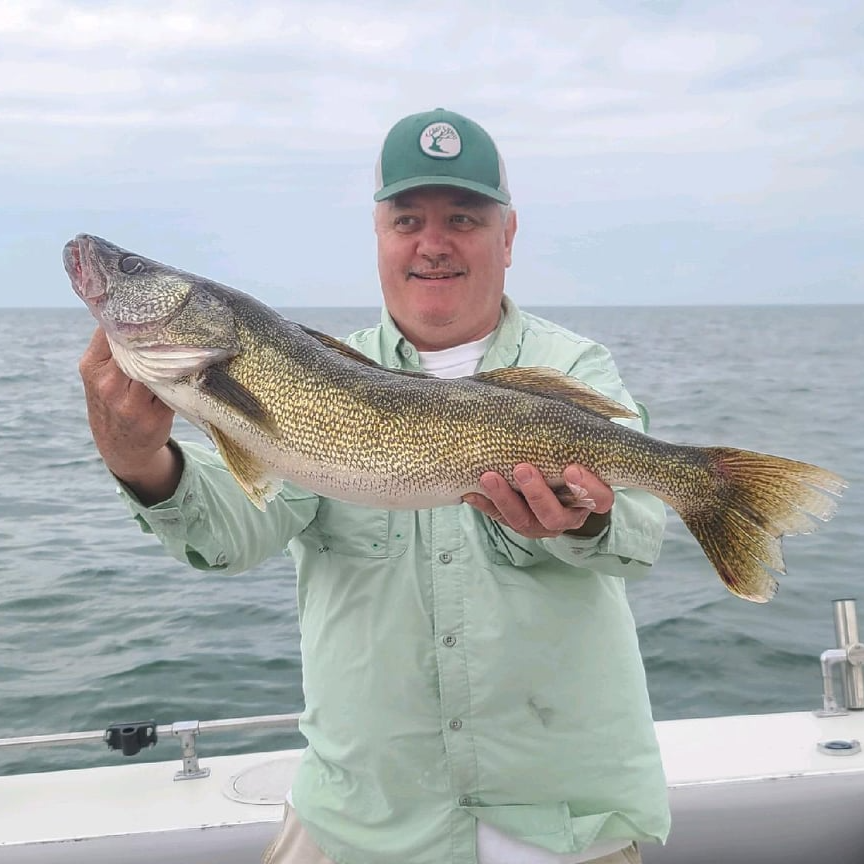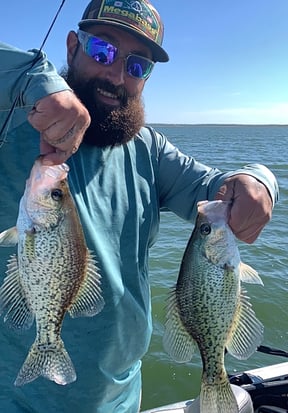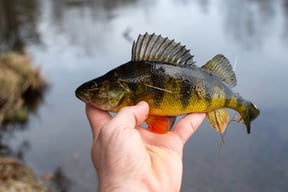Black Sea Trips
Snohomish River Pink Salmon
Kokanee & Trout Lake Adventure
8 Hour Trip – Winter Combo
8 Hour Trip – Fall Kings
Full Day Pontoon Fishing Trip
Acadia ICE FISHING
River, Lake Fishing in Anderson
Lake Hartwell Half Day
Full Day Executive
Full Day 7 Hour Trip
We started Captain Experiences to make it easy to book fishing and hunting guides around the world. With over 2,000 Damn Good Guides, our platform makes finding and booking a trip seamless. Head here to check out our trips.
The yellow perch, commonly referred to as simply “perch”, is a freshwater perciform fish native to the midwest and northeast United States and much of Canada. Known for their vibrant green and gold coloration with black stripes, these fish are physically and genetically similar to the European perch and is sometimes considered a subspecies. Yellow perch are prey for larger fish but they are also predators when they reach adulthood. Various names for yellow perch have become prominent across their range including lake perch, American perch, raccoon perch, ringed perch, dodd fish, and striped perch.
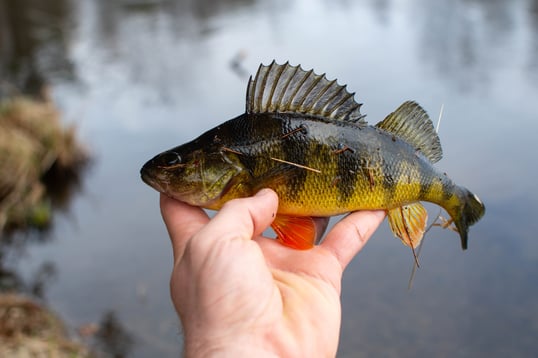
Yellow Perch Lifespan
Yellow perch have a lifespan of nine to ten years but average lifespan varies based on the predator population and fishing pressure. They can reach sexual maturity in two years for males and three years for females. This early maturation makes perch prone to population booms and busts.Female perch tend to be larger, grow faster, live longer, and mature a year later than males.
Spawning takes place in the spring when water temperatures are between 35 and 65 degrees where they form large schools and inhabit shallow areas with little or no current. Spawning typically takes place at night or in the early morning. Perch lay their eggs in the form of gelatinous strands the consist of 10,000 to 40,000 eggs. Egg strands are commonly draped over vegetation, debris, or other structure. Females have the potential to spawn up to eight times in their lifetimes.
Where do Yellow Perch Live?
The native distribution of yellow perch was originally driven by glacial melt along the Mississippi River. Their native range includes the Northern U.S. east of the Rocky Mountains and Canada but these fish have now been widely dispersed due to recreational and commercial interest. Yellow perch have also been introduced as prey for other popular fish like bass, walleye, musky, and northern pike. The US Fish Commission is responsible for introducing many species across the US in the late 1800s and early 1900s and yellow perch were no exception.
How to Locate Yellow Perch
Yellow perch habitat consists of vegetated shoreline waters and relatively shallow structures. Perch tend to form dense schools in shallow vegetation, because of their preference for small, weed-filled bodies of water. On rare occasions, yellow perch can be found in water deeper than 50 feet. Perch population can survive but are less abundant in deep, clear, open bodies of water. River populations of perch school up in protected waters just out of the current and moderately vegetated areas.
The ideal temperature range for catching yellow perch is between 63 to 77 degrees. However, yellow perch have faster growth rates when water temperatures range between 70 and 75 degrees. If water temperatures exceed 78 degrees yellow perch will be stressed and the bite will fall off. Catching fish in warmer waters also increases the likelihood of death after release.
Predators of Yellow Perch
Nearly all predatory freshwater fish species including yellow perch prey on yellow perch at various life stages. The primary predators for yellow perch are walleye and largemouth bass. Research has shown that in northern lakes walleye will consume up to 60% of yellow perch in their first year of life, and 50% of perch during the second. In shallow lakes, largemouth bass play a similar role in shaping yellow perch populations.
In eastern North America, yellow perch are an extremely important food source for birds such as double-crested cormorants. The cormorants specifically target yellow perch as primary prey. Other birds also prey on them, such as eagles, herring gulls, hawks, diving ducks, kingfishers, herons, mergansers, loons, and white pelicans. High estimates show that cormorants were capable of consuming 29% of the age-three perch population. In Canada, yellow perch are effective at escaping predation seasonally by lake trout and other native fishes during summer due to their high thermal tolerance.
Yellow Perch Feeding Behavior - When To Catch Yellow Perch
Perch are commonly active during the day and inactive at night except during spawning, when they are active both day and night. Yellow perch are small, lack agility, and have a top speed of only 12 mph which is why they are most often found in schools. Their vision is necessary for schooling and the schools break up at dusk and reform at dawn. The schools typically contain 50 to 200 fish, and are arranged by age and size in a spindle shape. Younger perch tend to school more than older and larger fish, which occasionally travel alone, and males and females often form separate schools.
Primarily, age and body size determine the diets of yellow perch. Zooplankton is the primary food source for young and larval perch. By age one, they shift to macroinvertebrates, such as midges and mosquitoes. Large adult perch feed on invertebrates, fish eggs, crayfish, mysid shrimp, and juvenile fish. They have been known to be predominantly piscivorous and even cannibalistic in some cases. About 20% of the diet of a yellow perch over 1.1 oz in weight consists of small fish. Maximum feeding occurs just before dark, with typical consumption averaging 1.4% of their body weight.
Joey Butrus
Updated on July 28, 2023
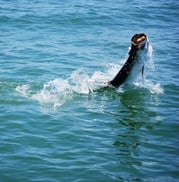
April 15, 2022

October 26, 2020
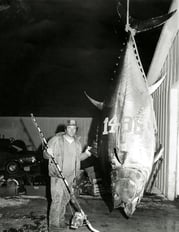
June 3, 2021
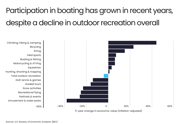
June 28, 2023
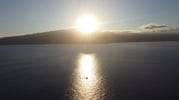
April 26, 2022
Related Articles
December 5, 2022
November 10, 2022
November 10, 2022
Featured Locations
- Fishing Charters Near Me
- Austin Fishing Guides
- Biloxi Fishing Charters
- Bradenton Fishing Charters
- Cabo San Lucas Fishing Charters
- Cancun Fishing Charters
- Cape Coral Fishing Charters
- Charleston Fishing Charters
- Clearwater Fishing Charters
- Corpus Christi Fishing Charters
- Crystal River Fishing Charters
- Dauphin Island Fishing Charters
- Daytona Beach Fishing Charters
- Destin Fishing Charters
- Fort Lauderdale Fishing Charters
- Fort Myers Fishing Charters
- Fort Walton Beach Fishing Charters
- Galveston Fishing Charters
- Gulf Shores Fishing Charters
- Hatteras Fishing Charters
- Hilton Head Fishing Charters
- Islamorada Fishing Charters
- Jacksonville Fishing Charters
- Jupiter Fishing Charters
- Key Largo Fishing Charters
- Key West Fishing Charters
- Kona Fishing Charters
- Lakeside Marblehead Fishing Charters
- Marathon Fishing Charters
- Marco Island Fishing Charters
- Miami Fishing Charters
- Montauk Fishing Charters
- Morehead City Fishing Charters
- Naples Fishing Charters
- New Orleans Fishing Charters
- New Smyrna Beach Fishing Charters
- Ocean City Fishing Charters
- Orange Beach Fishing Charters
- Panama City Beach Fishing Charters
- Pensacola Fishing Charters
- Pompano Beach Fishing Charters
- Port Aransas Fishing Charters
- Port Orange Fishing Charters
- Rockport Fishing Charters
- San Diego Fishing Charters
- San Juan Fishing Charters
- Sarasota Fishing Charters
- South Padre Island Fishing Charters
- St. Augustine Fishing Charters
- St. Petersburg Fishing Charters
- Tampa Fishing Charters
- Tarpon Springs Fishing Charters
- Venice Fishing Charters
- Virginia Beach Fishing Charters
- West Palm Beach Fishing Charters
- Wilmington Fishing Charters
- Wrightsville Beach Fishing Charters

